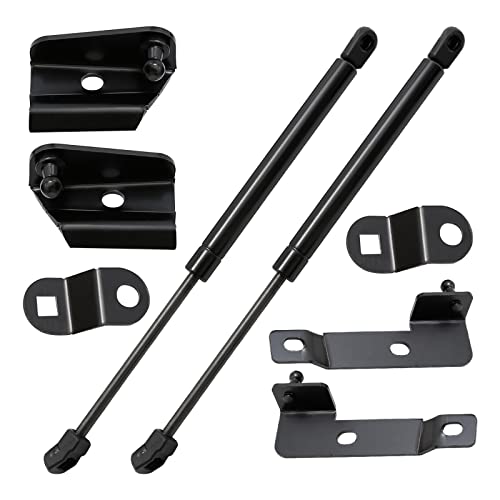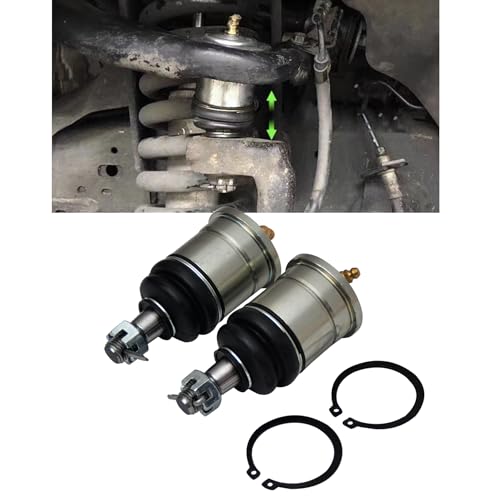bloffy13
Member
Hi guys, I have a 2008 D40 king cab which I have had for about five years or so now and really love.
It came with a pretty crappy canopy which I have been converting into a comfy, insulated and lined camper over the past couple of years.
It has a double bed, good-sized kitchen area, a Brass Monkey 36l fridge in the cab, dual batteries, a 90l water tank, decent light bar, roof racks for kayaks etc. Plastic boxes and Kings travel bags meet the storage needs. Simple and light.
Upgraded the suspension and it came with air bags so it rides pretty well.
I see it as a long-term vehicle and, as such, I am thinking of converting it over to electric.
Has anyone done this and, if so, who, when, where, and how?
Ideally, I would love a 500km range but know that might be pie in the sky stuff.
Any advice would be appreciated.
If this is in the wrong spot, please move appropriately.
Regards
Bloffy
It came with a pretty crappy canopy which I have been converting into a comfy, insulated and lined camper over the past couple of years.
It has a double bed, good-sized kitchen area, a Brass Monkey 36l fridge in the cab, dual batteries, a 90l water tank, decent light bar, roof racks for kayaks etc. Plastic boxes and Kings travel bags meet the storage needs. Simple and light.
Upgraded the suspension and it came with air bags so it rides pretty well.
I see it as a long-term vehicle and, as such, I am thinking of converting it over to electric.
Has anyone done this and, if so, who, when, where, and how?
Ideally, I would love a 500km range but know that might be pie in the sky stuff.
Any advice would be appreciated.
If this is in the wrong spot, please move appropriately.
Regards
Bloffy

























